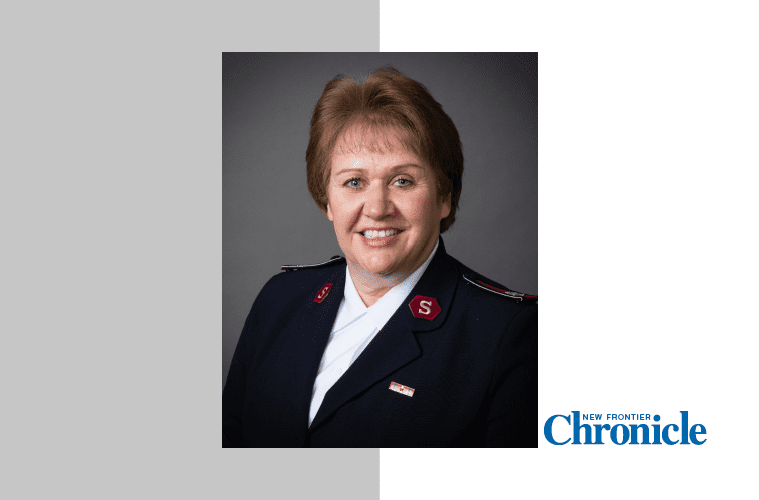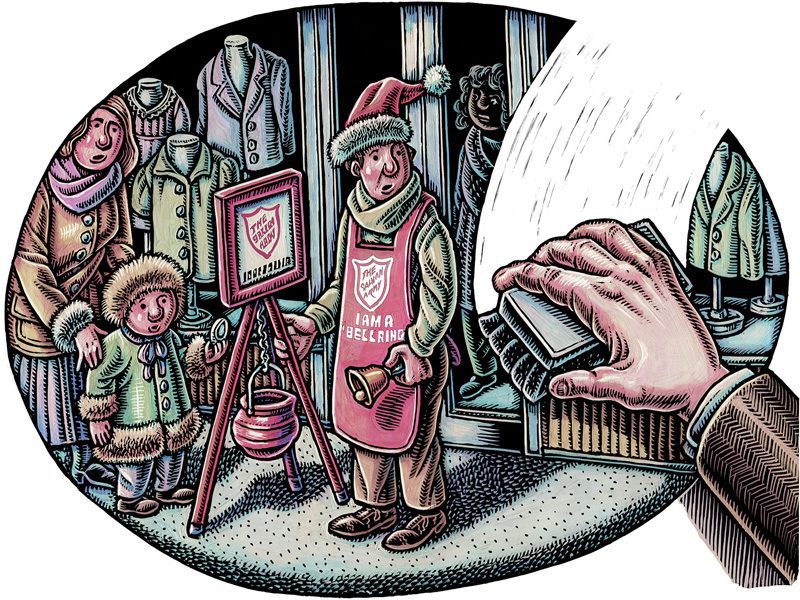 Salvation Army program searches rural land to ensure support for veterans.
Salvation Army program searches rural land to ensure support for veterans.
By Vivian Gatica –
In the North Dakota backcountry, returning veterans without a home to return to often settle in abandoned barns or rural structures and The Salvation Army searches the area to connect with them.
Through a grant from the U.S. Department of Veteran Affairs (VA) and a partnership with the North Dakota Coalition for Homeless People, The Salvation Army created the Supportive Services for Veteran Families (SSVF) program to help homeless veterans connect with VA benefits, health care services, housing, finance planning, transportation, education, employment and other necessities in the state’s 53 counties.
SSVF Statewide Outreach Specialist Ellen McKinnon travels the area looking for veterans living in makeshift shelters to offer food and water, and a link to SSVF resources.
“Whenever you have people who are homeless, you have people who will use your services and those who will not; the goal is to eventually get them to use the program,” McKinnon said. “As veterans of our country, they still deserve our respect, and part of that is building and establishing trust and delivering needed supplies.”
In the three years since the program started, SSVF has helped over 500 households, connected 161 people to services in their home states, and currently serves 23 people who live primitively year round.
McKinnon said that most of the veterans she serves are Vietnam vets living on private property or tribal lands.
“North Dakota is one of the states that homeless veterans come to to get away from people, resources and the hubbub of the city. Our older vets were [not treated well] when they got home from Vietnam and were called hideous names,” McKinnon said. “They choose a place where they can get away from the scrutiny of what people may or may not think of the Vietnam war. I think there’s a current push in this country to change the way we view our veterans when they come home and to understand what they’ve gone through, but unfortunately its too late to do that for some.”
SSVF developed exchange programs to utilize state resources, and educate construction workers, railroad crews, and the Game and Fish Department that works in the backcountry about the movement of homeless individuals and what to look for, so that they can alert program staff for outreach.
McKinnon is accompanied by a law enforcement official during her visits for safety purposes. She contacts property owners to request access to the property for outreach.
“When I first come up I try and holler and make a lot of noise. We try and draw them out so that they’re coming out to us because the last thing we want to do is get into a place where we’re unfamiliar; a lot of them do booby trap their areas, so we have to be really careful about that,” she said. “The SSVF program will continue reaching out to our homeless veterans where they are and regardless of the barriers.”
McKinnon takes out five-gallon buckets for the group to sit on, offers water, beef jerky and other provisions, and talks about what The Salvation Army SSVF program has to offer.
“After contact is established, some of them will talk for a long time and some will get up and leave,” she said, but stressed the importance of staying in touch.
“We will always encourage our veterans to come in to use the program, and we go back continually because if we don’t we’re going to lose contact with them,” she said. “You have to keep the education and contact going, and our number one priority with the veterans is building trust. My hope for the future would be to have enough support and education in place so that no veteran ever experiences homelessness again and to one day end the homeless struggle of those who face it now.”











